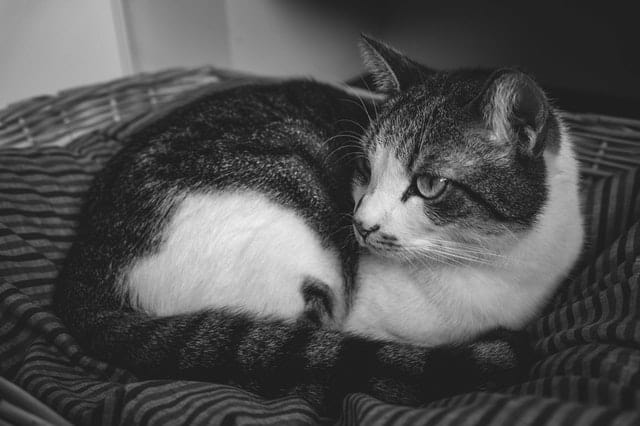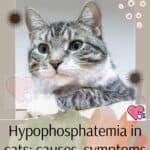
Gangliosidosis in cats is divided into GM1 and GM2 and is a rare genetic disease that can affect small cats. Let’s see together what are the symptoms and treatment of this pathology.
Cats can suffer from many diseases, some of them are genetic. Gangliosidosis belongs to the group of hereditary diseases that the feline can suffer from. This pathology can be divided into GM1 and GM2.
Let’s see together what are the symptoms of gangliosidosis in cats and what can be done when this disease affects our four-legged friend.
Gangliosidosis in cats: GM1 and GM2
Gangliosidosis in cats is the accumulation of lipids within the cat’s body, particularly in the central and peripheral nervous system, which cause cellular function to be disrupted. This accumulation is caused by the lack of an enzyme that is capable of metabolizing lipids. Two types of gangliosidosis have been recognized in felines: GM1 and GM2 .
GM1 gangliosidosis
GM1 gangliosidosis is caused by a lack of an enzyme, beta-galactosidosis, which causes a buildup of GM1 gangliosides. This pathology can be found in the following cat breeds: Siamese and Korat.
GM2 gangliosidosis
GM2 gangliosidosis is caused by a lack of beta-hexosaminidase enzymes (A and B), which causes a buildup of lipids, called GM2 gangliosides. This pathology can be identified in the following cat breeds: Burmese and Korat .
Gangliosidosis in cats: symptoms and diagnosis

Gangliosidosis in felines can occur as early as the first 2-3 months of the cat’s life. The main symptoms of this pathology are:
- Tremor
- Nystagmus in the cat
- Ataxia
- Disymmetry
- Loss of appetite in the feline
- Facial dysmorphisms
- Enlargement of the liver
- Clouded cornea
Symptoms can worsen very quickly and lead to death.
The diagnosis of gangliosidosis is by exclusion, as some of the symptoms listed above may also occur for other pathologies of the nervous system. Then the vet will carry out a series of tests, such as:
- Enzyme tests
- Urine test
- Complete blood count
- X-rays and ultrasounds
Furthermore, thanks to the DNA examination, it is possible to identify felines carrying or suffering from this disease.
Treatment and prognosis
Gangliosidosis is a deadly genetic disease and for this reason unfortunately there is no cure, whether it is GM1 or GM2.
The only thing the vet can do is prescribe a possible diet to avoid a drop in sugar in the cat. Instead, the only thing you could do for your four-legged friend is to avoid stressing the cat and forcing it into activities that the latter does not want to do.
You also need to monitor your blood sugar and hydration levels. Finally, try to spend as much time as possible with your cat and help him to spend his last months of life peacefully.






